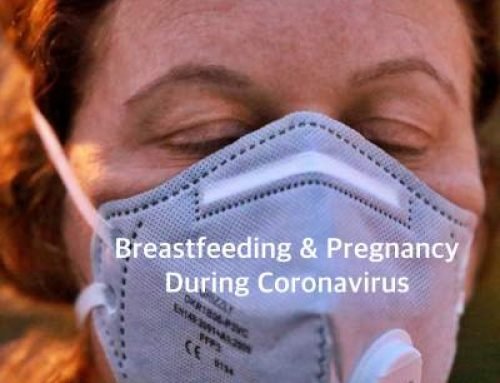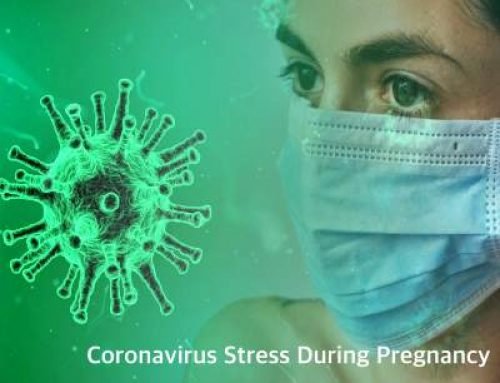The Effects of Abuse & Neglect
Child abuse is any type of action done by another person, whether an adult or a child, which is harmful to a child. It can be of various types, i.e. physical, emotional, or sexual, but in a lot of cases, it is also done through insufficient love, attention, and care, that is, the child is being neglected. Abused children are often victims of more than one type of abuse and also experience a variety of struggles throughout their lives. In most situations, this is not a one-time event, but something that takes place over a longer period of time.
Neglect is considered to be the prolonged inability to meet the basic needs of a child and it is the most common form of abuse, among others. A neglected child is the one who is left dirty, hungry, and without proper clothes, shelter, supervision, and medical care or placed in dangerous situations and not given protection from physical and emotional distress. Unfortunately, abuse and neglect are dangerous and can lead to long-term damage and even death. According to statistics, the U.S. on average loses between 4 to 7 children daily due to abuse and neglect and child abuse is being reported every 10 seconds.
With the widespread abuse and neglect of children, not just in the U.S. but worldwide too, it is pivotal to understand these issues first and then learn what we can do to be of help.
Types of Child Abuse
- Domestic abuse
According to the National Society for the Prevention of Cruelty to Children, this type of abuse is any kind of bullying, controlling, and violent behavior between individuals in a relationship. It does not just refer to physical violence, but to emotional, physical, financial, sexual, or psychological abuse. Both men and women can be abused or abuse others. Even though it can be hard to recognize domestic abuse due to the fact of it happening behind closed doors and because the abusers act in a different way when others are around them, there are specific revealing symptoms to look out for, i.e. the child has become more aggressive, behaves anti-socially, has anxiety or depression, he/she is more withdrawn, cannot sleep, wets the bed, shows changes in eating habits, self harms himself/herself, or performs poor at school.
- Sexual abuse
As explained on NSPCC, children are sexually abused when they are persuaded to participate in sexual activities and it does not just include physical contact, but it can happen online too. Sexual abuse can be of two types, i.e. contact and non-contact abuse. The former encompasses physical contact, including sexual touching of different areas of the child’s body and penetration i.e. rape, as well as making the child take their clothes off whereas the latter includes activities that do not involve touching, for example, exploitation, grooming, and making the child participate in sexual activities online. As noted by NSPCC, this means that the abuser encourages the child to watch sexual acts, exposes them to sexual activities performed by others, and grooms them with the goal to abuse them, and also shows them pornographic images, makes or distributes images and allows others to make or distribute images containing child abuse.
- Physical abuse
As emphasized on NSPCC, this is an activity during which the abuser is purposely harming a child and creates various injuries, from burns and cuts to broken bones and bruises. The child may be kicked, burned, thrown objects and shaken or hit, which may lead to serious head injuries. This is because the brain of an infant is more fragile than that of adults and they have weaker muscles; hence, any sudden head movements can lead to brain damage.
- Emotional abuse
As explained on NSPCC’s website, this type of abuse happens when a child is constantly emotionally mistreated; this can be detrimental to their proper development and emotional well-being. When a child is being emotionally abused, he/she is scared or humiliated on purpose or ignored. NSPCC also denote that emotional abuse can be when the parent or the caregiver rarely or never express kind and positive feelings towards the child, also known as emotional neglect.
What Is Neglect?
When the basic needs of the child like food, clothes, shelter, and medical care are not met, it means that the child is being neglected. Unfortunately, a neglected child also does not receive the necessary care, love, and attention from his/her parents or caregivers. Since the first several years in the life of children are pivotal for their adequate brain development, neglect can be damaging and lead to shift in the thought processes and neural pathways. What’s more, the chances for depression in a neglected child later on in life are much higher, as well as the chances for PTSD, attention deficit, ADHD, and memory impairments.
As pointed out by NSPCC, there are four different types of neglect, i.e.:
- Physical- not providing food, shelter, clothing, and supervision
- Educational- not ensuring education
- Emotional– humiliation, intimidation, or ignoring the child
- Medical- not enabling proper healthcare and ignoring recommendations from doctors
The most Common Signs of a Neglected Child
If you are suspecting child neglect, as seen on NSPCC, noticing the most common indicators can be of great aid in helping the child. Here are some of them:
- Insomnia
- Nightmares
- Self-harm
- Soiled clothes
- Depression
- Eating disorders
- Obsessive behavior
- Bed wetting
- Sudden changes in behavior
- Clinginess
- Anxiety
How to Keep Our Children Safe
When it comes to improving the quality of life for children who are abused or neglected, it is pivotal to learn that regardless of how big or small our act is, we can all make a significant difference in their lives. If you are doubting child neglect or abuse and you want to offer your assistance, here are some beneficial methods to play your part:
- Report concerns to Child Protective Services if you are from the U.S. (or to the designated organization or agency in your place of residence)
- Take part in events like charity runs, challenges, and cycles to raise awareness and collect donations
- Apply to volunteer through CPS or other organizations, agencies, etc.; you can provide administrative support, aid workers, or work with clients
- Donate to charities, organizations, and agencies for prevention of child abuse and neglect
Final Thoughts on Child Abuse and Neglect
With the number of child abuse and neglect cases on the rise, there is a higher need of becoming more familiar with the numerous possible types of abuse and neglect, from sexual to emotional and from physical to educational, in order to be able to recognize and report it as soon as possible. When we become more aware about the detrimental side effects that abuse and neglect have on the child’s development and overall health and well-being, we can contribute more to a safer and thriving future for every child in the world. To play your part in an abuse- and neglect-free life of children, you can always report any concerns you may have via phone calls to appropriate organizations and agencies, volunteer, or make donations or organize fundraisers.




Leave A Comment